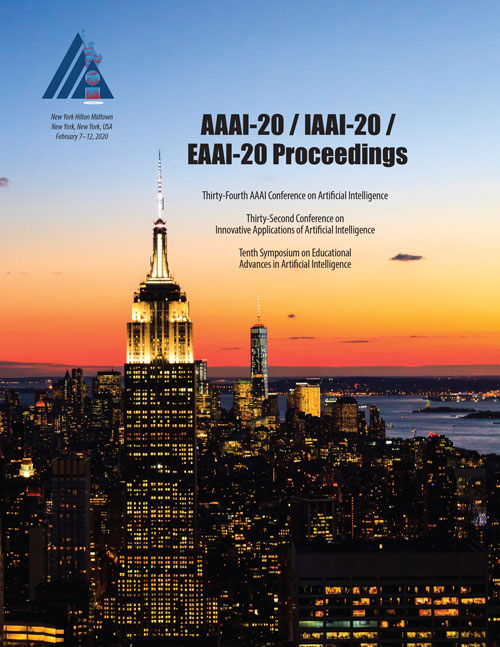Published:
2020-06-02
Proceedings:
Proceedings of the AAAI Conference on Artificial Intelligence, 34
Volume
Issue:
Vol. 34 No. 04: AAAI-20 Technical Tracks 4
Track:
AAAI Technical Track: Machine Learning
Downloads:
Abstract:
The cross-domain representation learning plays an important role in tasks including domain adaptation and transfer learning. However, existing cross-domain representation learning focuses on building one shared space and ignores the unlabeled data in the source domain, which cannot effectively capture the distribution and structure heterogeneities in cross-domain data. To address this challenge, we propose a new cross-domain representation learning approach: MUltiple Lipschitz-constrained AligNments (MULAN) on partially-labeled cross-domain data. MULAN produces two representation spaces: a common representation space to incorporate knowledge from the source domain and a complementary representation space to complement the common representation with target local topological information by Lipschitz-constrained representation transformation. MULAN utilizes both unlabeled and labeled data in the source and target domains to address distribution heterogeneity by Lipschitz-constrained adversarial distribution alignment and structure heterogeneity by cluster assumption-based class alignment while keeping the target local topological information in complementary representation by self alignment. Moreover, MULAN is effectively equipped with a customized learning process and an iterative parameter updating process. MULAN shows its superior performance on partially-labeled semi-supervised domain adaptation and few-shot domain adaptation and outperforms the state-of-the-art visual domain adaptation models by up to 12.1%.
DOI:
10.1609/aaai.v34i04.5856

AAAI
Vol. 34 No. 04: AAAI-20 Technical Tracks 4
ISSN 2374-3468 (Online) ISSN 2159-5399 (Print) ISBN 978-1-57735-835-0 (10 issue set)
Published by AAAI Press, Palo Alto, California USA Copyright © 2020, Association for the Advancement of Artificial Intelligence All Rights Reserved
